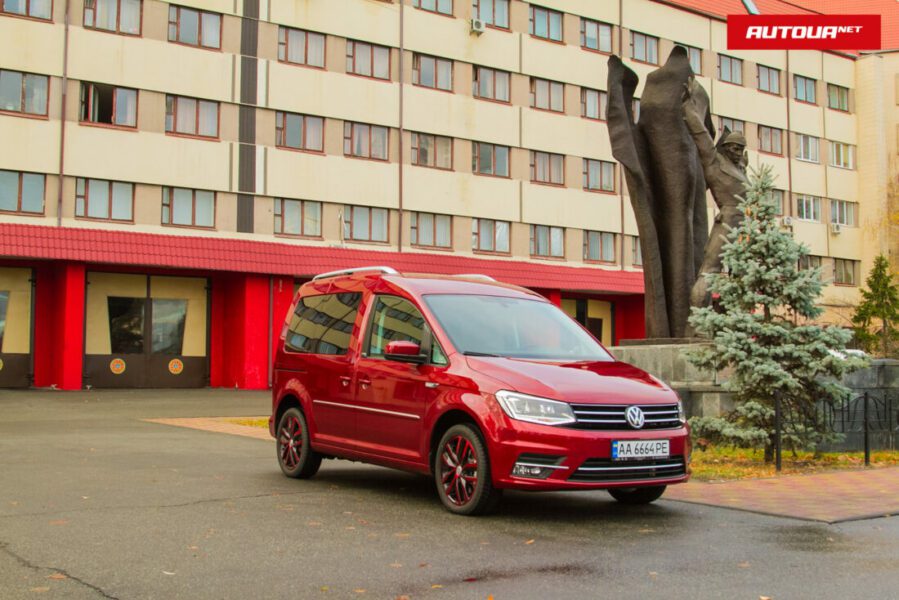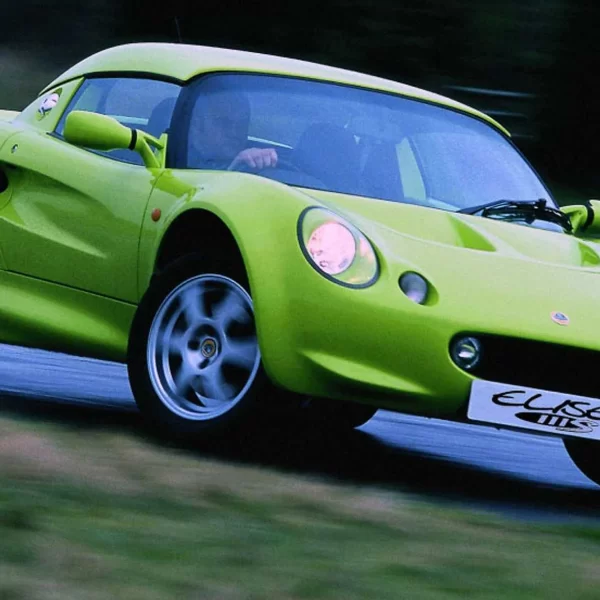
Grille test: Volkswagen Caddy 2.0 CNG Comfortline
Let's clarify right away: this Caddy does not run on that gas that is often mentioned in conversions. CNG stands for Compressed Natural Gas or Methane for short. As the name suggests, gas, unlike liquefied petroleum gas (LPG), is stored in high pressure cylinders. They are attached to the chassis because, due to their specific shape, they cannot be adapted to the space in the car as is possible for LPG (spare wheel space, etc.). They have a capacity of 26 kg of gas at a pressure of 200 bar, a liter petrol fuel tank. So when you run out of gasoline, the car automatically, without sudden jolts, switches to gasoline and then you need to quickly find the pump. But here's where he got stuck.
Our market is clearly to blame for the conditional use of this Caddy, as we currently only have one CNG pump in Slovenia. This one is located in Ljubljana and was recently opened when some of the city buses were upgraded to run on methane. So this Caddy is in no way suitable for those who live outside Ljubljana or, God forbid, want to take their family to the sea. This will depend on the 13-liter gas tank. Until the network of CNG stations is “spread” throughout Slovenia, such a concept will only be welcomed for vans, express mail or taxi drivers.
This Caddy is powered by a 1,4-liter naturally aspirated engine. It cannot be said for sure that the choice is correct. Especially considering that Volkswagen is also equipping some other models with a similar gas conversion concept, but with a modern 130-liter TSI engine, which is the best engine in many ways. In addition, the five-speed manual transmission limits its use in urban areas, as in fifth gear on highway 4.000 km / h the engine speedometer reads about 8,1, while the on-board computer shows fuel consumption of 100 kg per 5,9 km. Well, the calculation of the consumption on the test lap still showed a friendlier figure of 100 kg / XNUMX km.
So the main question is: is it worth it? First of all, we note that we put the Caddy on trial when we had a current history of declining natural gas prices. We believe that this story is not over yet and we will soon get a realistic picture. The current price per kilogram of methane is € 1,104, so full cylinders in Caddy will make things easier for you for a good € 28. At our measured flow rate, we could drive about 440 kilometers with full cylinders. If we compare with gasoline: for 28 euros we get 18,8 liters of 95th gasoline. If you want to drive 440 kilometers, the consumption should be about 4,3 l / 100 km. Quite an impossible scenario, isn't it? However, we emphasize once again: if you are not from Ljubljana, then a trip to the capital for cheaper fuel will hardly pay off.
Text: Sasa Kapetanovic
Volkswagen Caddy 2.0 CNG Comfortline
Basic data
| Sales: | Porsche Slovenia |
|---|---|
| Base model price: | 23.198 € |
| Test model cost: | 24.866 € |
| Calculate the cost of auto insurance | |
| Acceleration (0-100 km / h): | 14,2 with |
| Maximum speed: | 169 km / h |
| Mixed flow ECE: | 5,9l / 100km |
Technical information
| engine: | 4-cylinder - 4-stroke - in-line - petrol / methane - displacement 1.984 cm3 - maximum power 80 kW (109 hp) at 5.400 rpm - maximum torque 160 Nm at 3.500 rpm. |
|---|---|
| Energy transfer: | front wheel drive engine - 5-speed manual transmission - tires 205/55 R 16 H (Dunlop SP Winter Sport M3). |
| Capacity: | 169 km/h top speed - 0-100 km/h acceleration in 13,8 s - fuel consumption (ECE) 7,8/4,6/5,7 l/100 km, CO2 emissions 156 g/km. |
| Mass: | empty vehicle 1.628 kg - permissible gross weight 2.175 kg. |
| External dimensions: | length 4.406 mm - width 1.794 mm - height 1.819 mm - wheelbase 2.681 mm - trunk 918–3.200 l - fuel tank 13 l - volume of gas cylinders 26 kg. |
Our measurements
| T = 4 ° C / p = 1.113 mbar / rel. vl. = 59% / odometer status: 7.489 km | |
| Acceleration 0-100km: | 14,2s |
|---|---|
| 402m from the city: | 19,4 years ( 114 km / h) |
| Flexibility 50-90km / h: | 13,3s (IV/V) |
| Flexibility 80-120km / h: | 26,4s (Sun./Fri.) |
| Maximum speed: | 169km / h (V.) |
| test consumption: | 5,9 l / 100km |
| Braking distance at 100 km / h: | 42,7m |
| AM table: | 41m |
evaluation
Unfortunately, poor infrastructure plays an important role in the success of this technology in our market. If we imagine that we will have methane filling at each fuel pump, it will be difficult to blame this car and the design of the conversion.
We praise and reproach
saving
simple gas filling
processing design
imperceptible "transition" between fuels while driving
on-board computer accuracy
engine (torque, performance)
only five-speed gearbox
conditional usability of the car

One comment
John Josanu
I bought a vw caddy from 2012, 2.0, petrol+CNG. I understood that we don't have CNG filling stations in the country, and that it should be converted for LPG, does anyone know what this conversion entails and where exactly it can be done?